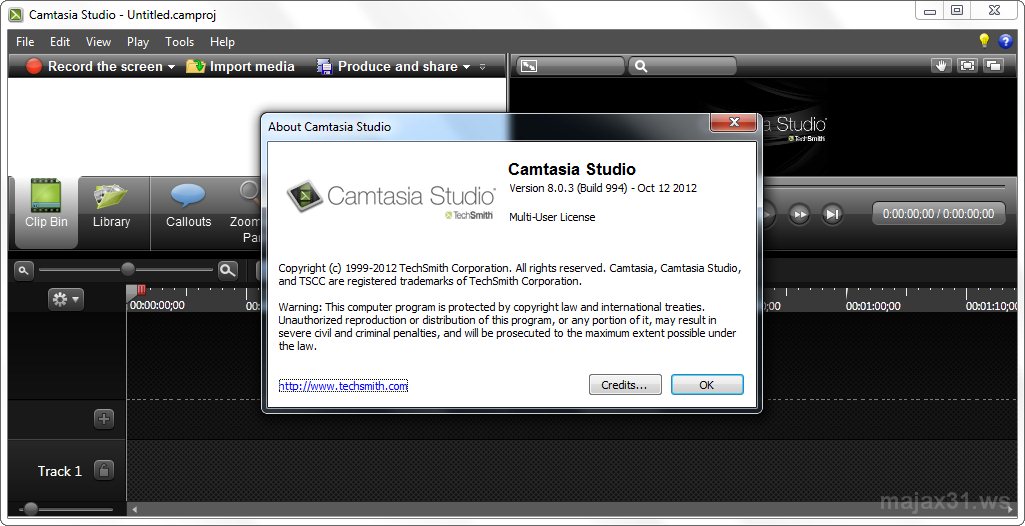

The clean hydrogen tax credits, if applied at their highest levels, can significantly lower the levelized cost of green hydrogen production in the US this decade. Therefore, it is not by default that developers can meet this requirement, especially with detailed rules pending. There were roughly 600,000 active registered apprentices in the US in 2021, but large discrepancies exist across geography and industry. To meet the labor and wage requirements, developers need to pay their workers the minimum wage set by the Department of Labor and use at least 12.5% of the labor hours from workers registered under the federal apprenticeship program or a state-level equivalent. If the requirements are not met, then project developers will earn tax credits based on the baseline scheme. The highest levels of hydrogen tax credits are granted if a project’s lifecycle greenhouse (GHG) emissions do not exceed 0.45 kg CO2/kg H2 and if it fulfills the IRA’s labor and wage requirements.

Alternatively, project developers can receive one-time investment tax credits (ITCs) of up to 30% of the cost of a qualified clean hydrogen (or hydrogen storage) property.

In a simplified way, if the current product cost of a project is at $4/kg, then that cost could be lowered by a maximum of $3/kg to $1/kg. The IRA provides clean hydrogen projects with ten-year production tax credits (PTCs) of up to $3 per kg of hydrogen produced. Hydrogen tax credits: all eyes on guidance and implementation Now that the policy is in place in the US, what is needed to ensure the best use of this support? In this article, we suggest that the keys to success are clear guidance on policy implementation, a stronger focus on supply and end-use diversity, and as increased dedication to improving hydrogen infrastructure. It is estimated that both the US and the EU will each produce around 3mn tonnes (Mt) of blue hydrogen (from fossil fuels using carbon capture and storage, or CCS) in 2030, although green hydrogen production (from electrolysis using renewable energy) in Europe (5 Mt) will still be a lot higher than the US (less than 1 Mt). Over the past fifteen months or so, the US shook up the global clean energy market-including that of hydrogen-with the signing of the Inflation Reduction Act (IRA) and the Infrastructure Investment and Jobs Act (IIJA) With $13bn of tax credits between 20 for clean hydrogen projects, as well as $9.5bn of funding through 2026 for clean hydrogen program development, these two pieces of legislation are highly expected to reduce clean hydrogen production costs, attract developers to advance their projects, and put the US on a level playing field with Europe for clean hydrogen development this decade.


 0 kommentar(er)
0 kommentar(er)
